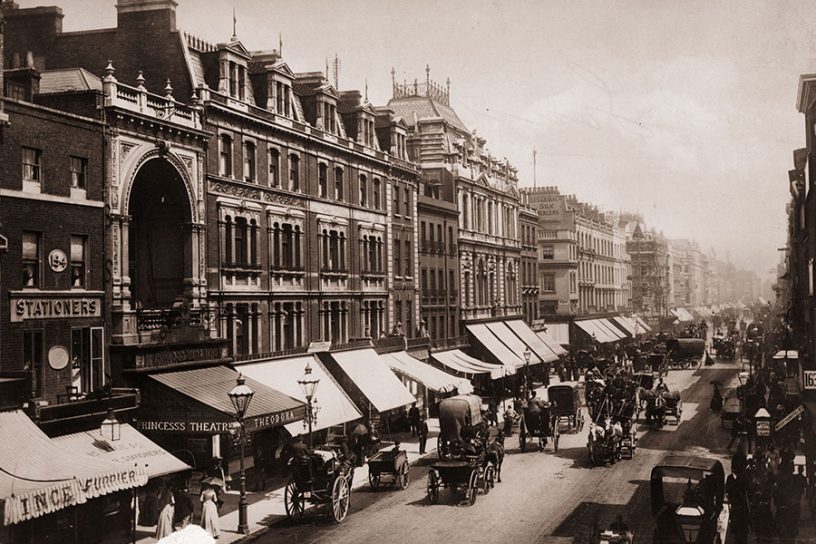
London’s phenomenology was brought alive in the Indian consciousness through the Indian travelogues written between 1870 and 1900, which besides playing a literary role also politically empowered the colonized imagination for the wish-fulfilment of an autonomous geography.
Author
Arup K. Chatterjee, Professor of English, Jindal Global Law School, O.P. Jindal Global University, Sonipat, Haryana, India.
Summary
This paper argues for a hermeneutic shift in interpreting accounts of Victorian London in Indian travelogues written between 1870 and 1900, taking the founding of the Indian National Congress (1885) and the climate of anticolonial agitation as a political fulcrum for a new aesthetic drive in the ways in which the imperial capital was imagined as a new psychogeography by its colonial subjects. Drawing on travelogues by Pothum Ragaviah, Trailokyanath Mukharji, Behramji Malabari, Lala Baijnath, T.B. Pandian and G.P. Pillai, I outline how London was reinvented in the Indian imagination as a typographical experiment in pictograms and audiograms.
The urban, domestic and atmospheric phenomena of the metropolis was recreated as archetypes in the colonized mind of the reader back home, as a new model of modernity, a new way of typographic expertise over the imperial capital, and a therapeutic means of overcoming the ongoing traumas of colonization. Pictograms of its intimate domestic quarters and atmospheric nuances or audiograms of its majestic choirs and ambient traffic noise, London’s phenomenology was brought alive in the Indian consciousness through these travelogues, which besides playing a literary role also politically empowered the colonized imagination for the wish-fulfilment of an autonomous geography.
Seen in the light of the great morphological transformations in places like East Ham, Wembley, Southall or Brick Lane—those parts of present-day London with heavy concentrations of South Asians—late Victorian Indian accounts of the city and their typographical experiments were the early “ethno-scapes” and “kaleido-scapes” for the colonized imagination to inhabit the imperial capital in a psychogeographical capacity, much before South Asian immigrations since the 1950s.
Published in: Rupkatha Journal on Interdisciplinary Studies in Humanities
To read the full article, please click here.


